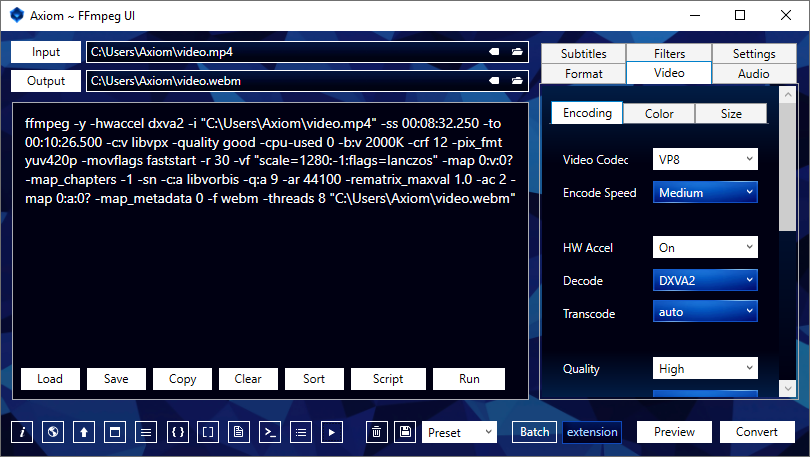
Unlike HLS, HDS, or Smooth Streaming, DASH is codec-agnostic, which means it can use content encoded with any coding format, such as H.265, H.264, VP9, etc.



Standardizing an adaptive streaming solution is meant to provide confidence to the market that the solution can be adopted for universal deployment, compared to similar but more proprietary solutions like Smooth Streaming by Microsoft, or HDS by Adobe. to consume multimedia content (video, TV, radio, etc.) delivered via the Internet, coping with variable Internet receiving conditions. It allows devices like Internet-connected televisions, TV set-top boxes, desktop computers, smartphones, tablets, etc. MPEG-DASH uses existing HTTP web server infrastructure that is used for delivery of essentially all World Wide Web content. MPEG-DASH should not be confused with a transport protocol - the transport protocol that MPEG-DASH uses is TCP. MPEG-DASH is the first adaptive bit-rate HTTP-based streaming solution that is an international standard. Thus, an MPEG-DASH client can seamlessly adapt to changing network conditions and provide high quality playback with fewer stalls or re-buffering events. The current MPEG-DASH reference client dash.js offers both buffer-based (BOLA) and hybrid (DYNAMIC) bit rate adaptation algorithms. While the content is being played back by an MPEG-DASH client, the client uses a bit rate adaptation (ABR) algorithm to automatically select the segment with the highest bit rate possible that can be downloaded in time for playback without causing stalls or re-buffering events in the playback. The content is made available at a variety of different bit rates, i.e., alternative segments encoded at different bit rates covering aligned short intervals of playback time. Similar to Apple's HTTP Live Streaming (HLS) solution, MPEG-DASH works by breaking the content into a sequence of small HTTP-based file segments, each segment containing a short interval of playback time of content that is potentially many hours in duration, such as a movie or the live broadcast of a sports event.

Dynamic Adaptive Streaming over HTTP (DASH), also known as MPEG-DASH, is an adaptive bitrate streaming technique that enables high quality streaming of media content over the Internet delivered from conventional HTTP web servers.


 0 kommentar(er)
0 kommentar(er)
